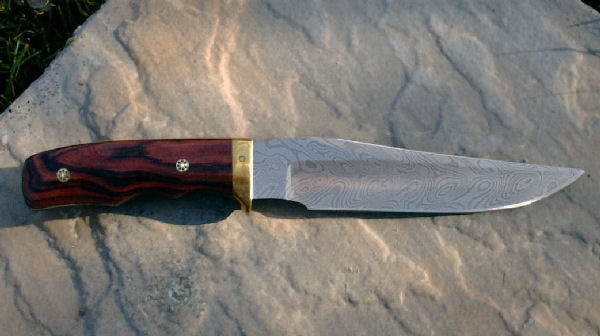howdy folks 
It's been a while since I've posted here, things have been odd recently, but I'm trying to get back into the swing of things...
Anybody tried pattern welding a blade?
I've done (minor) research on the subject and the process doesn't sound too complicated (even if labour intensive) though I expect I must have missed something
I always thought that it was a similar process to Damascus, but apparantly I'm very mistaken!
I'd love to see some pics of Pattern Welded blades and hear about how well they hold up...
Hope y'all had a lovely christmas
It's been a while since I've posted here, things have been odd recently, but I'm trying to get back into the swing of things...
Anybody tried pattern welding a blade?
I've done (minor) research on the subject and the process doesn't sound too complicated (even if labour intensive) though I expect I must have missed something
I always thought that it was a similar process to Damascus, but apparantly I'm very mistaken!
I'd love to see some pics of Pattern Welded blades and hear about how well they hold up...
Hope y'all had a lovely christmas



